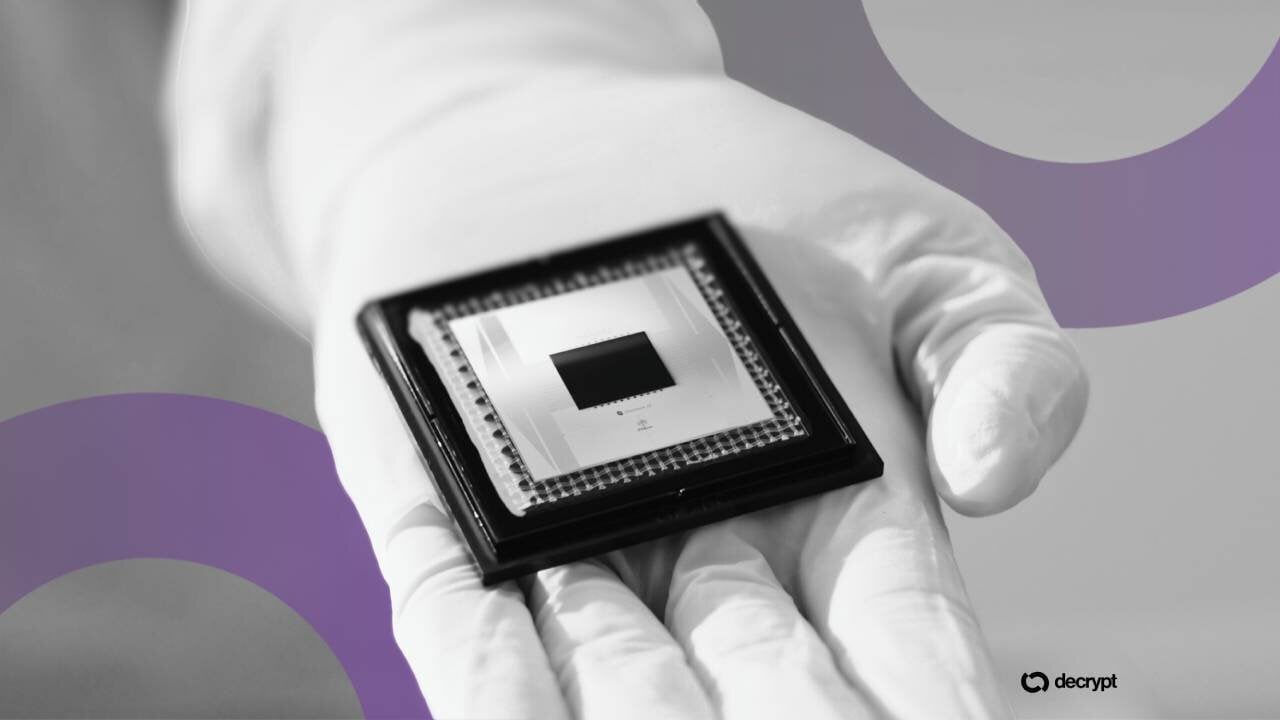Pi Network News: Pi Network Token Surges 15% as Protocol v23 Activates on Testnet
The Pi Network token surges up 15% with Protocol v23 going live on Testnet, enabling smart contracts and increasing the trust of holders with 3.36M KYC verified.
Pi Network native token PI saw a massive spike. It had increased by more than 15 percent after Protocol v23 was enabled on its Testnet2 on October 28. This is a stellar compatible protocol upgrade that brings DeFi infrastructure and smart contract support to developers.
It makes Pi Network a step closer to its vision of a decentralized digital economy where anyone is able to create, trade, and innovate without restrictions.
Major Leap Toward Web3 Integration
The essential connection between Protocol v23 and the open Mainnet of Pi was to synchronize nodes. This was done with a revised Stellar consensus protocol.
The upgrade enabled the complete deployment of Soroban smart contracts and DeFi applications on Testnet2. This enabled the start of staking and the decentralization of applications.
As of October 27, the team migrated all nodes to the new protocol. Official information confirms that the community verified them through thorough voting and readiness checks.
This technical advancement enables the vision of Pi Network, which is to be a community-driven blockchain that combines DeFi and Web3 utilities.
The current developer tools and ecosystems are more encouraging of wider participation and innovation.
Holder Confidence Surges with KYC and Token Flows
In addition to the upgrade, Pi Network announced that advanced artificial intelligence systems have verified the identities of more than 3.36 million users through KYC checks.
These verified users have already migrated to the Mainnet (around 2.69 million of them). Additionally, users moved more than 10 million PI tokens out of centralized exchanges. And this October, reducing liquidity and showing confidence in long-term holding over trading.
The increasing market confidence due to token withdrawals and the increasing completion of KYC underpins increased preparation by Pi.
The trading volumes increased drastically to a value of approximately 100 million. And the market capitalization reached 2.2 billion during the developments.
This indicates that the network is moving to a higher degree of decentralization, which is shown by the decreased exchange supply.
Pi Network is preparing to launch its Open Mainnet, featuring improved infrastructure, governance, and user interactions.
The post Pi Network News: Pi Network Token Surges 15% as Protocol v23 Activates on Testnet appeared first on Live Bitcoin News.
Vous aimerez peut-être aussi

Ethereum Set to Debut ‘Key to Layer-2 Scaling’ as Fusaka Upgrade Clears Final Test

IBM’s Quantum ‘Cat’ Roars: 120-Qubit Breakthrough Pushes Bitcoin’s Encryption Risk Closer
